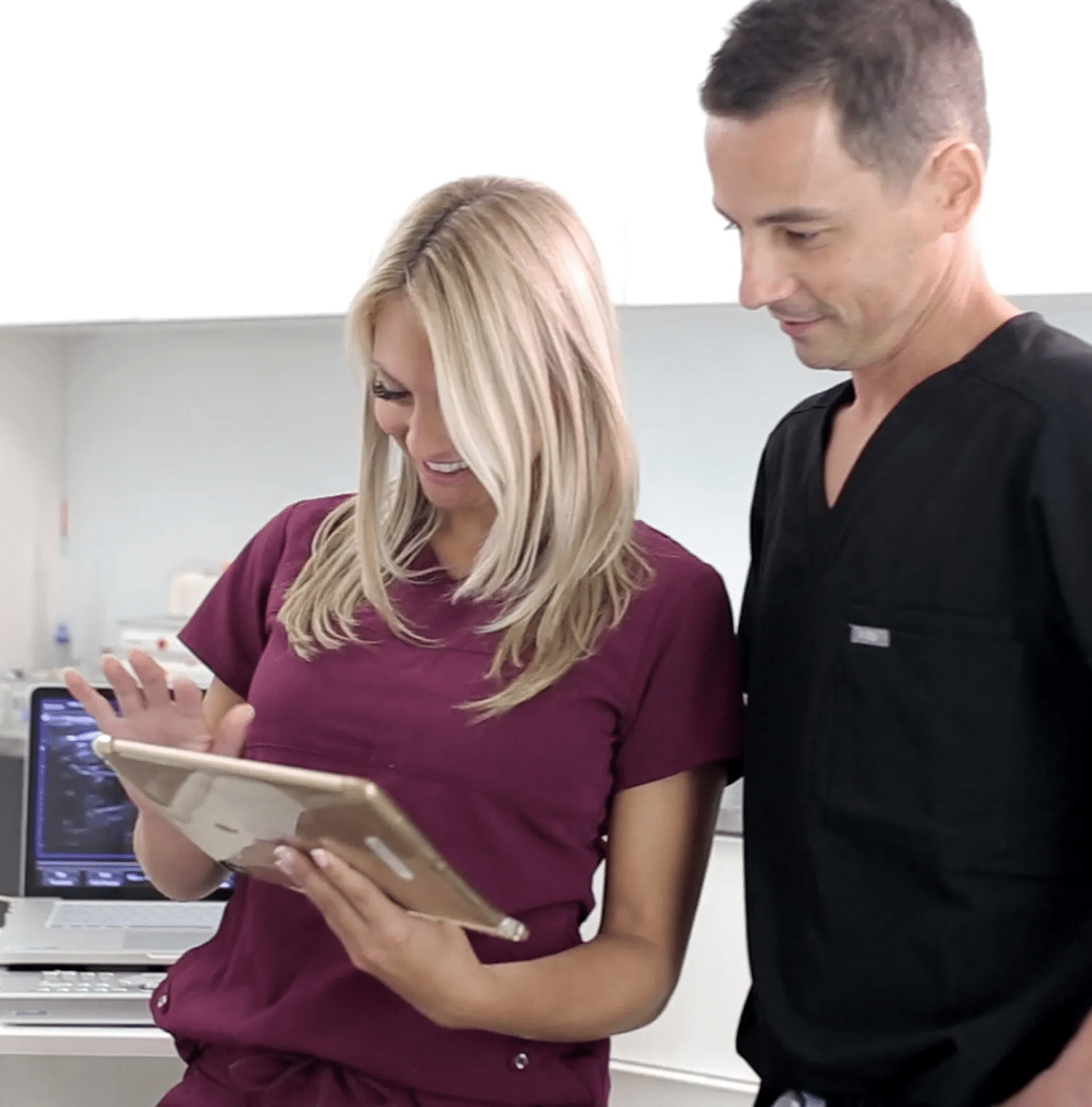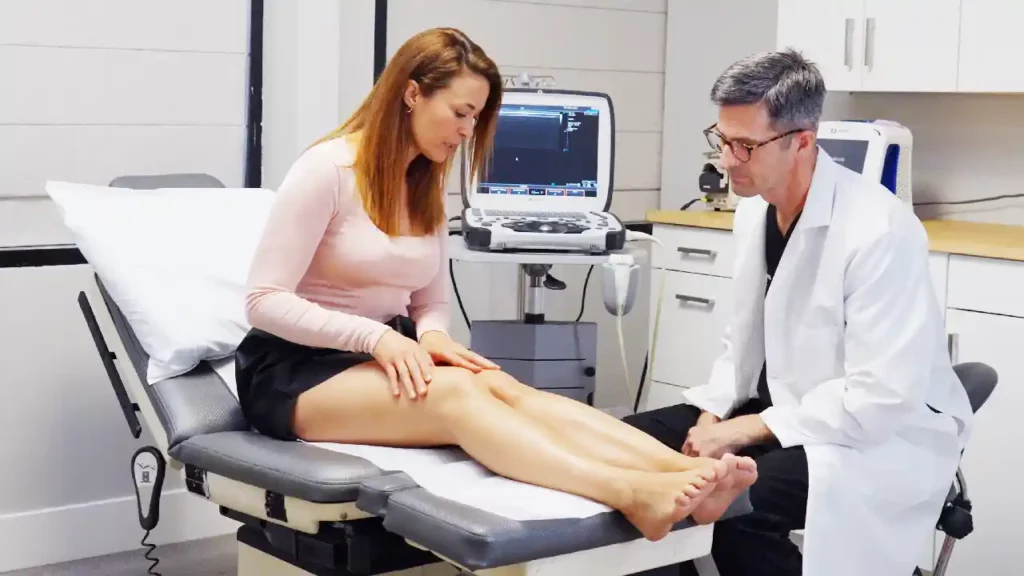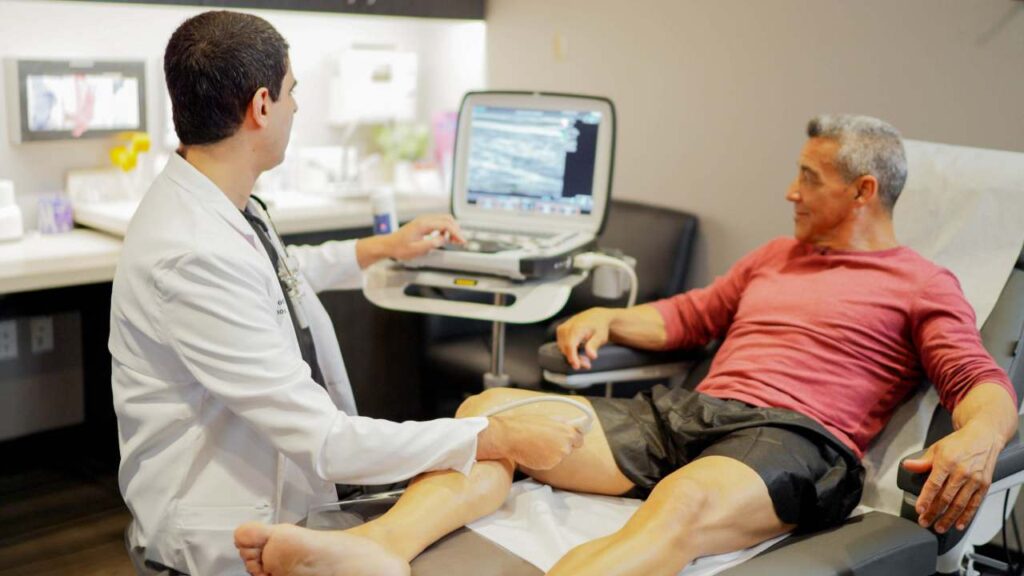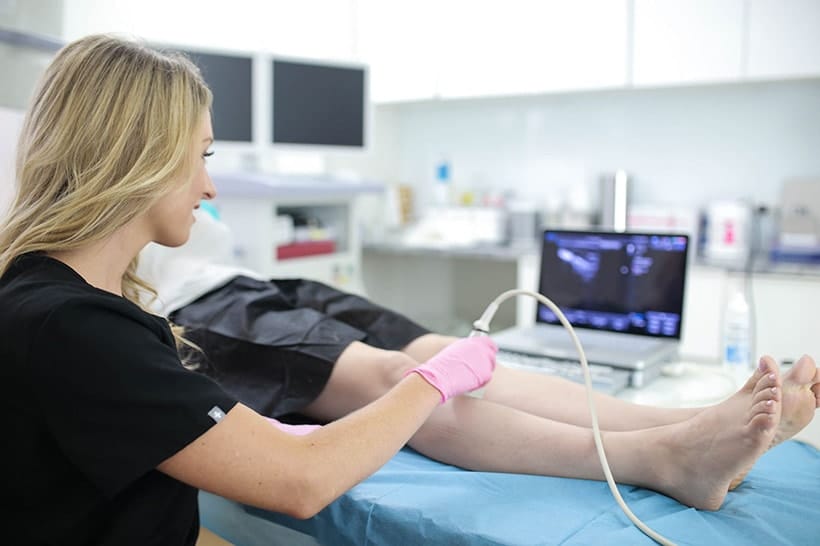Most vein treatment procedures are minimally invasive, requiring only local anesthesia, whether they be topical agents or local injections. The use of local anesthesia means that it is unlikely you will feel any pain apart from the prick of the needle that applied the anesthesia, which is a sensation similar to a mosquito bite. Some patients may experience minor discomfort or cramping during the procedure. Patients may experience minor cramping, stinging, or burning in the area, and have some pain and swelling after the procedure.
Are vein treatment procedures safe?
Spider and varicose vein treatments are generally very safe and simple. Like with any medical procedure, spider vein treatment procedures come with certain risks and side effects. Side effects can include swelling and bruising on the area of treatment, change in skin sensation, hyperpigmentation, infection, persistent pain, scarring, and ulceration. The risks of developing these side effects depend on your surgeon’s abilities and your body’s temperament. This is why it is important to make sure you do enough research on finding the right vein specialists for your treatment. Your doctor will discuss the likelihood of the risks against the benefits of the procedure with you before the procedure.

Can varicose vein treatments cause blood clots?
It is important to understand that not all blood clots are bad for you. When you cut your skin or injure yourself in a way that results in bleeding, you will notice that blood clots are formed on the surface of the skin in the area of injury. This is a normal part of healing; the blood clots prevent excessive blood loss and later dissolve and fade away on their own. Any varicose vein treatment procedure that requires some degree of invasions in the body, such as sclerotherapy, endovenous laser surgery, or radiofrequency ablation will result in similar blood clots. These blood clots are a harmless part of the healing process and will dissolve and fade away on their own.
The blood clots that you need to be worried about are the ones formed within blood vessels. These blood clots can block the flow of blood when stationary (thrombosis), or can break free and travel to other parts of the body where they cause more damage (embolisms). Fortunately, the risk of developing such blood clots after varicose vein treatment is extremely low. In fact, if the varicose veins aren’t treated on time, they can worsen and the risk of developing deep vein thrombosis (blood clots in the deep veins) actually increases.
It is extremely rare for vein treatment procedures such as sclerotherapy to cause deep vein thrombosis. Vein treatment procedures may result in superficial blood clots that appear as small lumps of clotted blood that can be felt on the skin. These lumps can be painful, swollen, and warm, and tender to touch but are generally not serious. They are formed when blood clots are trapped in tissues and cannot travel to larger veins or anywhere else in the body. They can be easily resolved, either by the doctor draining the blood clots or on their own with time.
Varicose veins can slow the flow of blood which can, in turn, cause superficial blood clots. This is called superficial thrombophlebitis, or phlebitis, which is usually not a serious condition.
If varicose veins are very severe, they can occur in deeper veins and result in blood clots there, called Deep Vein Thrombosis. While superficial blood clots aren’t serious, deep vein blood clots can potentially break free and travel to your lungs where it can result in a life-threatening condition called pulmonary embolism.
How common are blood clots after vein treatment procedures?
Blood clots may be formed on veins near the skin, referred to as superficial thrombophlebitis, in one in twenty patients. These blood clots are characterized by redness and swelling in the affected area, and the area feeling warm and tender to touch. These blood clots are part of the normal process of healing after the procedure and generally resolve easily with the help of ice packs and non-steroidal anti-inflammatory drugs.
One in 400 patients may develop Deep Vein Thrombosis, which is blood clots in the deeper veins. This is a more serious condition because the blood clots could potentially break free and cause more serious damage to other parts of the body. However, leaving varicose veins untreated can also lead to Deep Vein Thrombosis.
Following your doctor’s advice on post-treatment care will significantly reduce the risk of developing DVT. Your doctor will offer you the following post-treatment advice:
- Wear compression stockings for up to a week after the procedure
- Walk every day after the procedure for 30 to 45 minutes a day
- Avoid sitting for long periods of time
- Avoid long-distance travel for at least 4 weeks after the procedure
To know more about the best vein treatment options for you, book an appointment with the best vein doctors and vascular surgeons in California.
Our vein clinic in San Diego is currently located near the Torrey Pine beach state park, close to the Westfield UTC Shopping Center. In San Jose, our vein clinic is located in a beautiful neighborhood near Palo Alto, Sunnydale, and Santa Clara. It is down the block from the Santa Clara Medical Center and the Santana Row Shopping Mall. Our vein doctors can offer the best care possible to help you.






